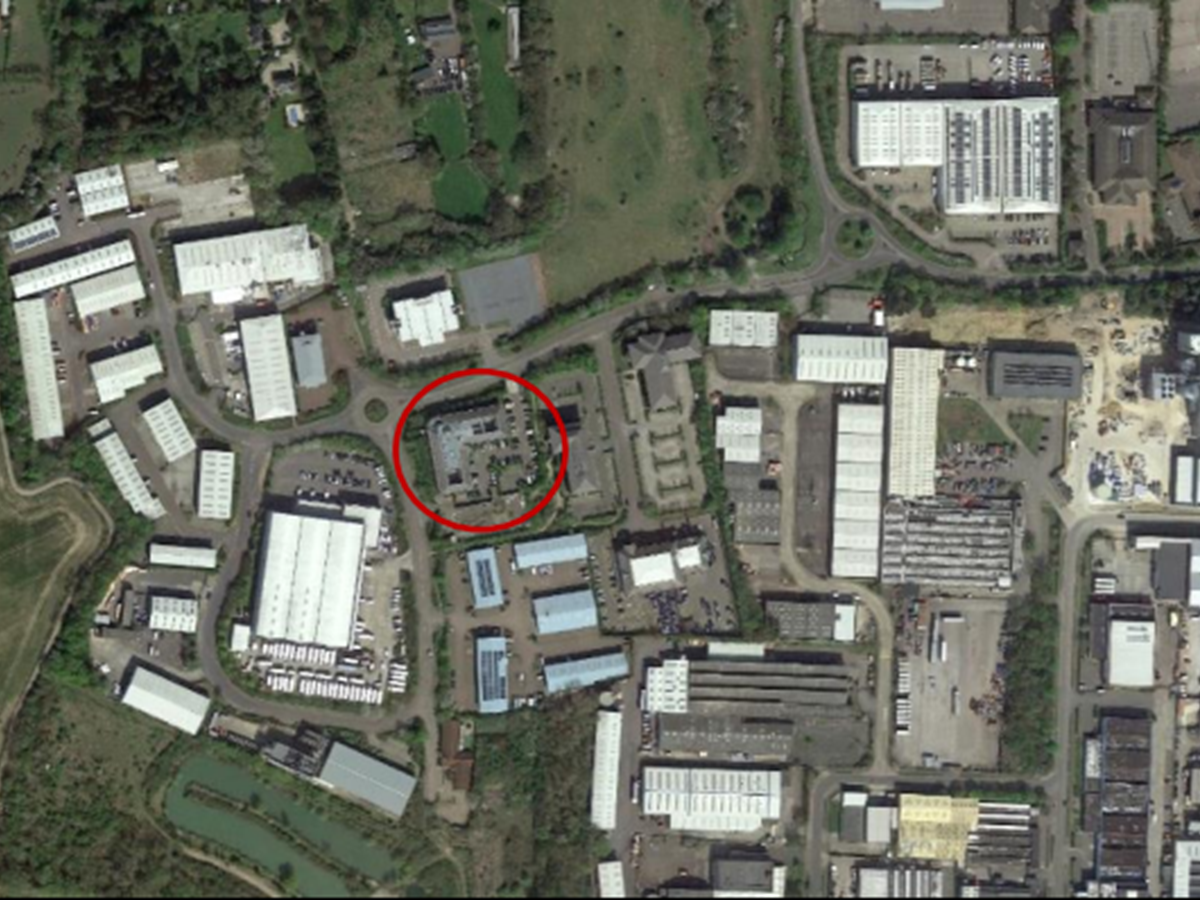Claire Stafford is a Planning and Policy Advisor at the RTPI
As members will be aware, DLUHC have launched the latest Permitted Development Rights (PDR) consultation earlier this month, which runs until 9 April. This current consultation furthers the Government’s continued interest in PD as a means of addressing the housing crisis, with a previous consultation on a raft of measures concluding last September. Simultaneously, the Government has announced the removal of the 1,500sqm maximum floorspace limit for Class E uses being converted to residential use, and the 3-month vacancy requirement for Class MA (commercial, business and service to residential conversion).
The RTPI is not formally responding to the current consultation, but this blog explores the evolution of PDR for new homes and the RTPI’s view on the current situation, with a focus on the issue of housing quality.
Recent consultation
The open consultation seeks views on proposed changes to the Town and Country Planning (General Permitted Development) (England) Order 2015 (GDPO) in relation to various PDR covering:
- Householder improvement or enlargement;
- Upward extensions of existing buildings;
- Demolition and rebuild as homes;
- Installation of electrical outlets and upstands for recharging electric vehicles; and
- Installation of air source heat pumps.
Where we are now
- PDR were designed to expedite the planning process and first emerged within the 1947 Planning Act as a way of removing the administrative burden of dealing with minor construction and change of use which had no planning impact.
- In 2013 the Government introduced the notion of utilising PD to actively create new homes, initially via the conversion of offices, which later became permanent in 2016.
- These expansions have since continued to include, inter alia, provisions for: demolition of buildings and construction of new dwellinghouses (Part 20, Class ZA); the addition of 2 extra storeys to purpose-built detached blocks of flats (Part 20, Class A); and commercial, business and service uses to dwellinghouses (Part 3, Class MA) which relates to the amalgamated Class E Use Class.
- In addition, we await an expected consultation on PDR for converting individual houses into pairs of flats.
PDR have induced mixed results to-date and have sparked significant debate. Government presents PD as a way to speed up housing delivery, yet new homes created through change-of-use PDR made up only around 6% (102,830) of the net additional homes delivered between 2015/16 and 2022/23. Indeed, it is unclear how many of these houses would have been delivered through normal planning permission, in the absence of PDR for new homes.
Nevertheless, the decision-making process for the delivery of homes through PDR is fundamentally different to how this is done in the ‘mainstream’ planning system; officers are confined to assess defined prior approval matters with PDR applications, as opposed to weighing up all appropriate planning considerations on a discretionary basis through full planning permission.
Although LPAs can in theory remove these PDR through locally-defined Article 4 Directions, the Secretary of State can reject or amend these at their discretion, and LPAs have been instructed to direct them to the smallest geographical scale possible.
The RTPI’s position
The RTPI maintains its position that expanding PDR is not the right way in which to address the housing crisis. As we have emphasised previously, this is the case for several reasons:
Erosion of professional judgment
As we noted in our written evidence submitted to Parliament, PD is increasingly being used as a “substitute process for genuine planning applications, somehow out of concern that otherwise planning authorities might make decisions which the government does not like”,
No provision for S106s
PDR don’t allow for S106, meaning LPAs do not receive support for affordable housing provision or supporting infrastructure for PDR schemes.
In addition, PDR fees are significantly lower than full planning application fees. This furthers resourcing constraints on LPAs.
Cumulative impact on highstreets
PDR also have the potential to undermine the viability of high streets across the country by incentivising the conversion of shops to homes, leaving pockmarked high streets that further undermine footfall in remaining shops.
Previous research has suggested that, in some places, 80% of shops and other commercial buildings could be lost to residential development.
Concerns over quality of homes
A 2020 study commissioned by Government found that homes created through PDR are more likely to be of worse quality than those that come through the mainstream planning system.
Indeed, serious concerns about the size of new homes produced through office to residential conversion, and access to natural light, have led the Government to introduce minimum standards that apply to both these aspects of conversions; in our joint institute letter to the Secretary of State, we highlighted that the creation of homes without windows should never have arisen.
And because local setting cannot generally be considered during prior approval, there are multiple examples of residential units created in the middle of isolated industrial estates with no amenity/ green/ play space (see the photos below).

TCPA These are Homes: Peartree House, Peartree Business Centre, Harlow, Essex

TCPA These are Homes: Greenway House, Harlow Business Centre, where the nearest shop is 40 minutes’ walk away
The need instead for joined-up decision making
Contrary to Government’s push for de-regulation, what is needed is a long-term solution that focuses on proper place-making and is characterised by joined-up decision making that duly considers impacts on residents and the environment. Without this place-based approach, essential local services could be permanently wiped out.
It is vital to strike the right balance between providing certainty and simplicity in the planning process and ensuring quality is upheld for current and future generations. The focus must not be purely on numbers, but rather promoting the right development in the right places.


